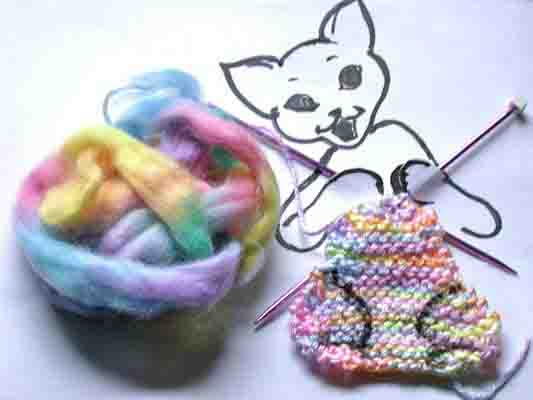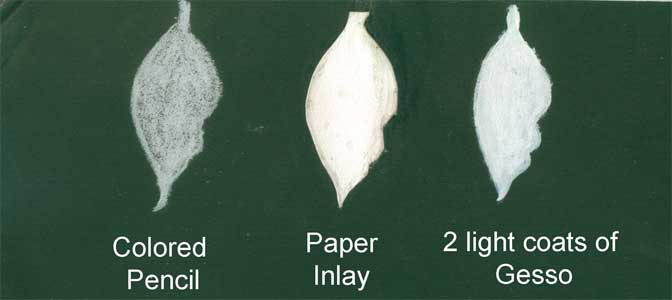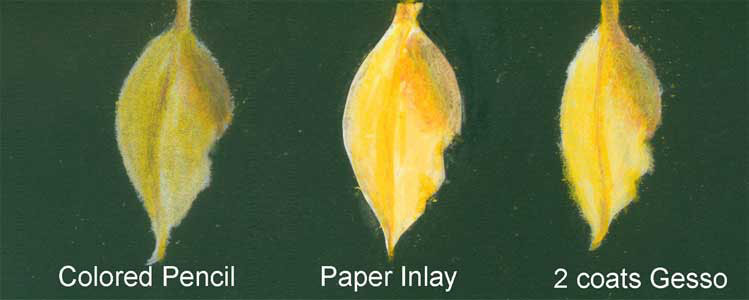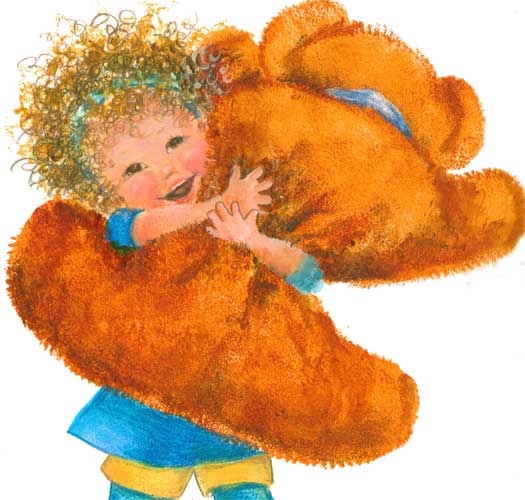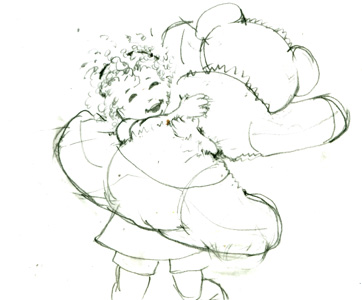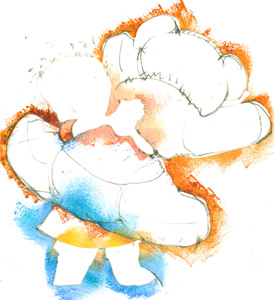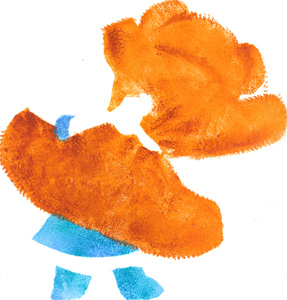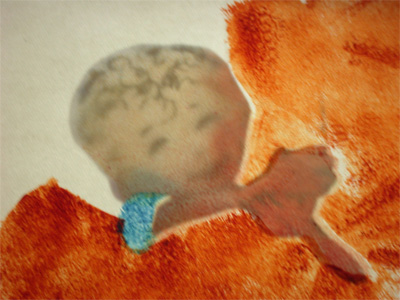How I am
learning NOT to Draw ALL the Details (with a big hat tip to Scott
M Fischer)
OK.....the
first Art Director that I showed my art to (waaaay back in the '90s)
said: “Save your details for pen and ink......go bold and
impressionistic with your colorwork.”. The most recent Art
Director I showed my work to said: “Loose the details on your color
illustrations......I like the details and modeling on your black and
white work.” So I'm seeing a trend here......over 20+ years or so.
I know....... it DOES take me a while to take advice.....but finally I'm
working on adding less detailed styles to my repertoire.
After
going back to basics in my sketching and drawing, I'm finding out
that I don't HAVE to draw every little detail......I just like to!
But I can change.....if I have to......I guess! (Hat tip to Red
Green's the “Men's Prayer”.)
After a
few years of experimenting I've come up with some neat ways to run
end runs around my detailing obsession. After reading an article by
Scott M. Fischer's
in a 2011 issue of International
Artist magazine, I became interested in his illustration
technique of the moment.
In that article he took a sketch and made
multiple paper copies, and cut out stencils of each color
component/block. He then lay down opaque color, whatever (often
messy....) way he chose without fear of overlap or loss of form. He
would then hardline outline his figures. His loose style allowed and
encouraged “coloring outside the lines”......something I'm trying
to learn to appreciate.
So my
“style of the moment” is to also take multiple sketch copies and
do paper cutouts, then apply colors with my sponge brush technique,
in the various sections. Just right there I eliminate a LOT of
detailing......I mean, you want to cut out as few of blocks of
colour as possible......so's to avoid too much time spent “fussy
cutting”. This also forces me to draw and plan my sketches with as
many “broad colour blocks” as possible.
I use
the stencils to apply transparent color washes, in my case
acrylic glazes. Then, (as suggested in Scott Fischer's article)........
I put my
master sketch under the bristol board with the colour washes, onto a
light box. I can see thru the transparent colour washes on the thin
bristol board to draw the few “location lines” I allow myself.
After
this step, it's onto refining the color washes to achieve a bit
of depth. I prefer that kind of “detailing” rather than using a
hardline outline. The softer finish seems to suit me better. I will
often take the finished drawing into Photoshop for further
refinement.
This
technique allows me to side step the detail issue somewhat.....and
hopefully find a new kind of freedom and lightness in my style. It's
an ongoing learning experience......learning “how NOT to draw”
the details.

